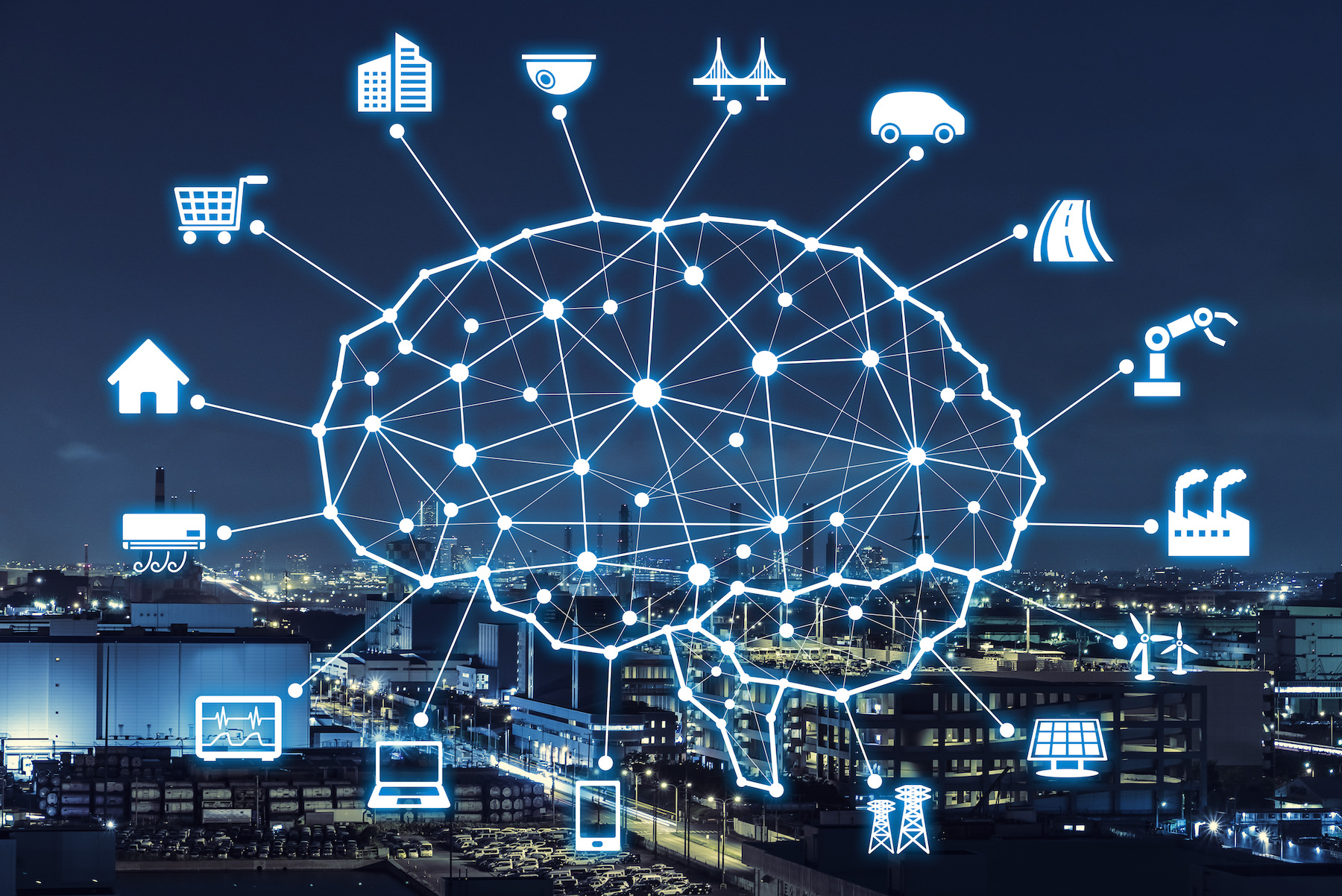About us
LICS is an IT Consulting company specialized in Port & logistics industry. The company has been
developing
“innovative cutting-edge solutions” and offering state-of-the-art IT services, based on technological
process
and extensive experience with the IT system in the Port and Container Terminals.
LICS will be providing wide variety IT solutions that lead its clients towards success by enhancing
productivity,
bringing down costs, creating new business strategies and values. The solutions and implementation include
advanced automated terminal operation system, integrated billing system and also the Gate Automation System
with
OCR & RFID.
Having great experience with industry process, workflow and KPIs; LICS will be providing solution on Web
Plugins,
Mobile Apps, Portal, API, Business Intelligence and Dashboard etc.
Going forward, LICS will continue to exercise strenuous efforts to create a brighter future for its clients,
as a
top-notch e-business partner that effectively and comprehensively supports its clients’ global business by
building a network that reaches all parts of the world.
TO PROVIDE INNOVATIVE IT SOLUTIONS TO EMERGING PORTS & LOGISTICS BUSINESS.
TO REDEFINE THE STANDARDS WITH LATEST TECHNOLOGY IN ORDER TO ADD MORE VALUES TO BUSINESS.
SERVICES WE DO
-

Innovation
Define the innovation process as a great idea, executed brilliantly, and communicated in a
way that is both intuitive and fully celebrates the magic of the initial concept.
While we tend to think of innovation in terms of new technology, solutions can also come in
the form of new types of services that offer improvements on old ways of doing things, meet
previously unidentified needs or fill gaps in the market. More often, innovative solutions
use technology to support and dispatch new services so that the best solutions tend to be a
combination of technology and services as a innovation. LICS used to drive internal
innovation can range from consulting services to software automation that allows teams to
advance, scout, discover and accelerate innovation in Ports and Marine Industry, incudling
automation, digitalization and intelligence platforms.
-

Digital Transformation
Digital transformation is the integration of digital technology into all areas of a business,
fundamentally changing how you operate and deliver value to customers. It's also a cultural
change that requires organizations to continually challenge the status quo, experiment, and
get comfortable with failure.
Within the industries of the future, ordering and production processes will be increasingly
digitalized and automated. The goal: Consistency and data transparency along the entire
value-added chain in order to reduce costs and save time while preventing unnecessary added
expense. Also smart sensor-actuator integration allows you to build or expand an automation
architecture that collects production-relevant data to bring high efficiency; Digital
transformation refers to the use of digital technology to better serve customers. Learn
about three driving forces of digital transformation – technology, people and business
-

Artificial Intelligence
Artificial intelligence, defined as intelligence exhibited by machines, has many applications
in today's society. More specifically, it is Weak AI, the form of AI where programs are
developed to perform specific tasks, that is being utilized for a wide range of activities;
which includes AI Engine and Supporting applied platform too; Recent advances in AI have
been helped by three factors: Access to big data generated from e-commerce, businesses,
governments, science, wearables, and social media; Improvement in machine learning (ML)
algorithms—due to the availability of large amounts of data ; Greater computing power and
the rise of cloud-based services—which helps run sophisticated machine learning algorithms.
AI is important because it can help solve immensely difficult issues in various industries,
such as entertainment, education, health, commerce, transport, and utilities. AI
applications can be grouped into five categories: Reasoning, Knowledge, Planning ,
Communication & Perception
-

IOT
The Internet of Things (IoT) is a system of interrelated computing devices, mechanical and
digital machines, objects, animals or people that are provided with unique identifiers
(UIDs) and the ability to transfer data over a network without requiring human-to-human or
human-to-computer interaction. Examples of IoT Applications The Internet of Things (IoT)
promises to reshape entire industries. The business value can be profound—ranging from
digitizing an organization’s internal operations and customer experience to unlocking
disruptive new digital products and business models.
IoT is essentially a platform where embedded devices are connected to the internet, so they
can collect and exchange data with each other. in various domains, namely: Wearables, Smart
Home Applications, Health Care, Smart Cities , Agriculture, Manufacturing & Service
Industry, exclusively we are specialist in Port and Marine Terminals and Logistics Domain to
enable Smart Port Operations.
-

Cyber Security
With increased digitization and connected devices, the risk for data abuse and cybercrime
also increases. Anyone considering the possibilities of Industry 4.0 must also consider the
increased requirements for cybersecurity – and more importantly, identify vulnerability,
threats and gaps to deploy suitable solutions for implementing it. Access to or the reading
of sensitive data is a comparatively less important problem when compared with the effects
caused by hackers introducing malware into the control systems of ships or drilling rigs,
altering coordinates, or accessing a vessel’s security-relevant subsystems. These acts don’t
just endanger cybersecurity, they also impede functional safety, and ultimately the cyber
security to protect the information assets and values. Cybersecurity is the practice of
protecting systems, networks, and programs from digital attacks. These cyberattacks are
usually aimed at accessing, changing, or destroying sensitive information; extorting money
from users; or interrupting normal business processes.. Implementing effective cybersecurity
measures is particularly challenging today because there are more devices than people, and
sensitive data to bring down the business with high risk. Such technical possibilities
already exist and are capable of closing gaps in security.
-

Design Thinking & Digital Media
Design Thinking & Digitalization : Design thinking is a process for creative problem
solving; also the cognitive, strategic and practical processes by which design concepts
(proposals for new products, buildings, machines, etc.) are developed. Many of the key
concepts and aspects of design thinking have been identified through studies, across
different design domains, of design cognition and design activity in business contexts;
Design thinking utilizes elements from the designer's toolkit like empathy and
experimentation to arrive at innovative solutions. By using design thinking, you make
decisions based on what future customers really want instead of relying only on historical
data or making risky bets based on instinct instead of evidence with support of Digital
Assets and Processes.
Digitalization is the use of digital technologies to change a business model and provide new
revenue and value-producing opportunities; it is the process of moving to a digital
business.The result is called digital representation or, more specifically, a digital image,
for the object, and digital form, for the signal and data segments;
Design thinking is also associated with prescriptions for the innovation of products and
services within business and social contexts.Some of these prescriptions have been
oversimplifying the design process and trivializing the role of technical knowledge and
skills.












